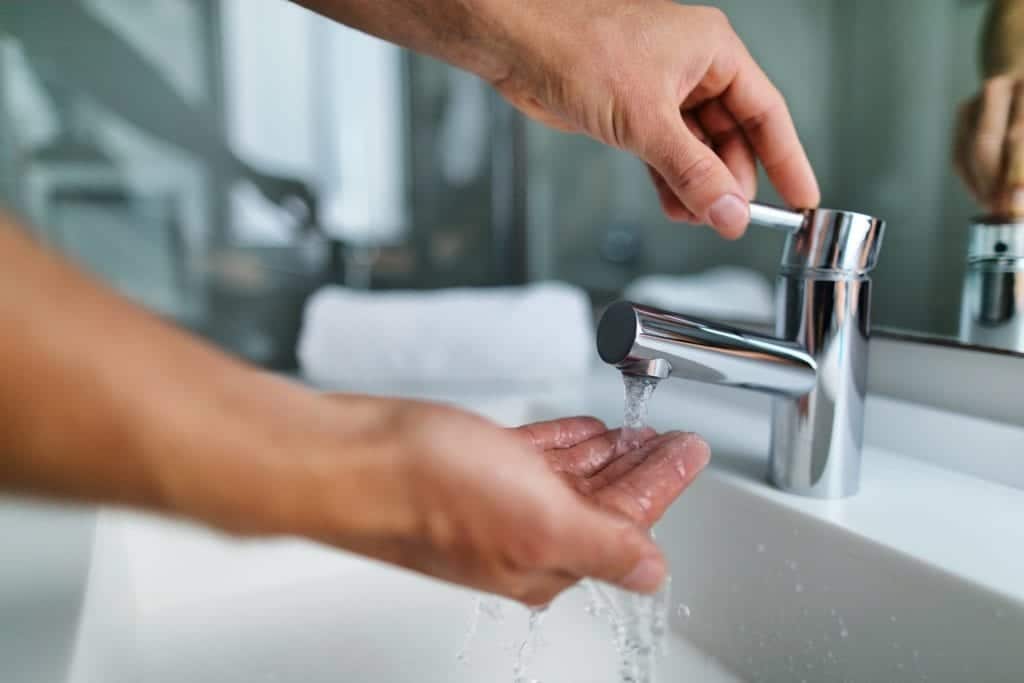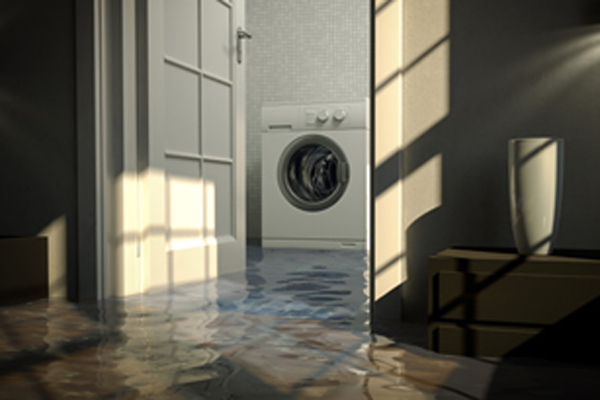Are you looking for suggestions around How to Check for Bathroom Leaks?

Washroom leakages are annoying as they interrupt your day's strategy. They differ in intensity depending upon the resource of the leakage. Yet, you need to prioritize them, as they can promptly aggravate. It is an alleviation that a lot of shower room leakages are simple to deal with and also detect, with very little cost implications.
Having a water leak in restroom can be demanding to the home owner. The post serves as a "first aid" when you require an emergency situation response to a water leakage in washroom.
Discovery and also Fixing of Water Leak in Shower Room
Water leakage in washroom frequently results from pipes and also pipe mistakes. There are several sorts of shower room leaks. You may require a fundamental expertise of these leakage types to find the water leak in shower room. Right here are the typical bathroom leaks and also fix pointers:
Sprinkle Leaks
These typically result from water splashing on the restroom flooring from the bathtub. It damages the restroom floor as well as may cause rot to wooden floors and also restroom doors.
What to Do
This washroom leak is the simplest to take care of. You only need to change the drapes or recaulk the bath tub or shower. If the leakage has harmed the washroom floor or door, you may need to transform these to avoid additional damages. The bright side is that you can entail a plumbing professional to assist with the restroom repair work.
Commode Leaks
In some cases, water leakages from the toilet and also pools around the commode base. It is an eyesore in the shower room and also needs prompt interest. Sometimes, it results from a loose link between the bathroom and the container. This causes water to leak from the cistern to the floor. It may also arise from cracks in the toilet bowl or a faulty shut-off valve.
What to Do
If there hang screws between the tank as well as toilet, you only need to tighten them. Occasionally you might require to reapply wax on the gasket or employ a restroom leak expert to replace used or broken parts.
Clogged Restroom Sinks
Sometimes, the water leakage in bathroom results from sink blockages. It is very easy to deal with clogs, and also you might not need expert abilities.
What to Do
You can use a drain serpent to remove the particles in the drainpipe and also allow the stationary water circulation. Drain cleansers are likewise available in stores as well as are easy to use. A plunger is additionally useful in removing your drainpipe. It is an usual household device as well as can be found in handy in removing frustrating clogs in sinks and drains.
Final thought
Water leaks in the shower room are avoidable events in the house. Maintenance and routine checks aid to maintain every little thing in tip-top form. You can never be too mindful, and these occasions still happen. When they do, repair them immediately, or engage the services of a professional.
The short article serves as a "initial aid" when you require an emergency action to a water leakage in washroom.
Water leak in shower room commonly results from plumbing as well as pipeline mistakes. You might require a fundamental understanding of these leak kinds to detect the water leak in washroom. It harms the shower room flooring and might trigger rot to wooden floors as well as washroom doors. Occasionally, the water leak in washroom results from sink blockages.
Water Leaking in the Bathroom Wall
A GUIDE TO FINDING LEAKS IN BATHROOM WALLS
- Paint or Wallpaper Peeling: This sign is easily spotted, so it cannot be missed. A leak in the wall can lead to wallpaper that separates along seams or paint that bubbles or flakes off the walls.
- Musty Smells: The damp flooring and plaster inside the wall grow an odor similar to wet cardboard as water slowly drips from a leaky pipe inside the wall. You can find leaks hidden beneath a musty odor.
- Growing Stains: The interior of a wall affected by a leaky pipe sometimes becomes infested with mold. Often, your indicator of a hidden plumbing problem is a growing strain on otherwise clean plaster.
- Structural Damage: Do not overlook constant moisture inside the walls of bathrooms when ceilings or floors become structurally compromised. Water-damaged walls can damage adjacent surfaces and stain flooring and ceilings.
- Unusual Discoloration: The wet spots may eventually dry when a leak penetrates deeper inside a wall. The stains they leave behind are paler than the adjacent paint or surface.
- Dripping Sound: It is common to hear dripping sounds inside walls when water runs down them. A squeaking noise can be heard while turning off a valve in a sink, bathtub, or shower. When flushing the toilet, you may also hear this noise.
A GUIDE TO REPAIRING WATER LEAKAGE
- Verify The Wall Leak: Shut down your main water supply and note the reading on your water meter. If the meter reading rises after a few hours, the leak is inside the house. In the absence of any changes, the leak may be the result of clogged gutters or drains.
- Turn off the water: You can turn off the water after you confirm the leak is within the walls. If you’re beginning repairs, drain as much water from the pipes as possible.
- Find & Fix The Leakage: Locate the wettest area on the wall with a moisture meter or infrared camera. Patch kits can stop the leak, but the fix might only be short-term. In the next few days, double-check the area to ensure the leak is no longer present.
- Removing mold and cleaning all surfaces: Dish soap and warm water should be used to clean affected areas. Bleach and water are recommended for disinfecting nonporous surfaces. Fan and dehumidifier running will speed up drying time. Remove mold growth immediately from walls, ceilings, and other surfaces.
https://wlstaton.com/how-to-find-and-repair-water-leaking-in-the-bathroom-wall/

We were introduced to that write-up on How to Detect and Fix a Bathroom Leak from a good friend on another blog. Feel free to take a moment to share this entry if you appreciated it. I am grateful for your time. Please visit our website back soon.
Always here, call!
Comments on “Detecting and Managing Bath Water Leaks: What Every Homeowner Should Learn”